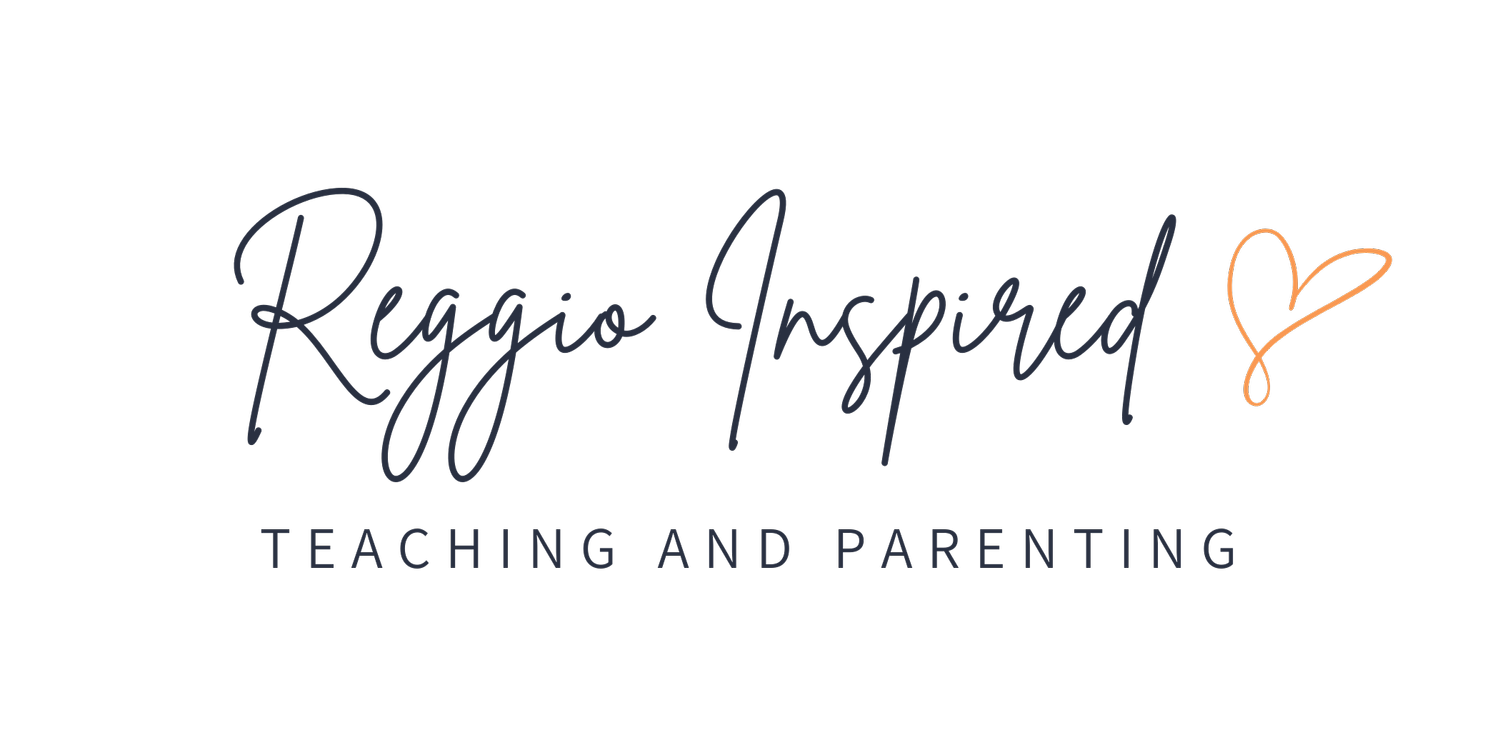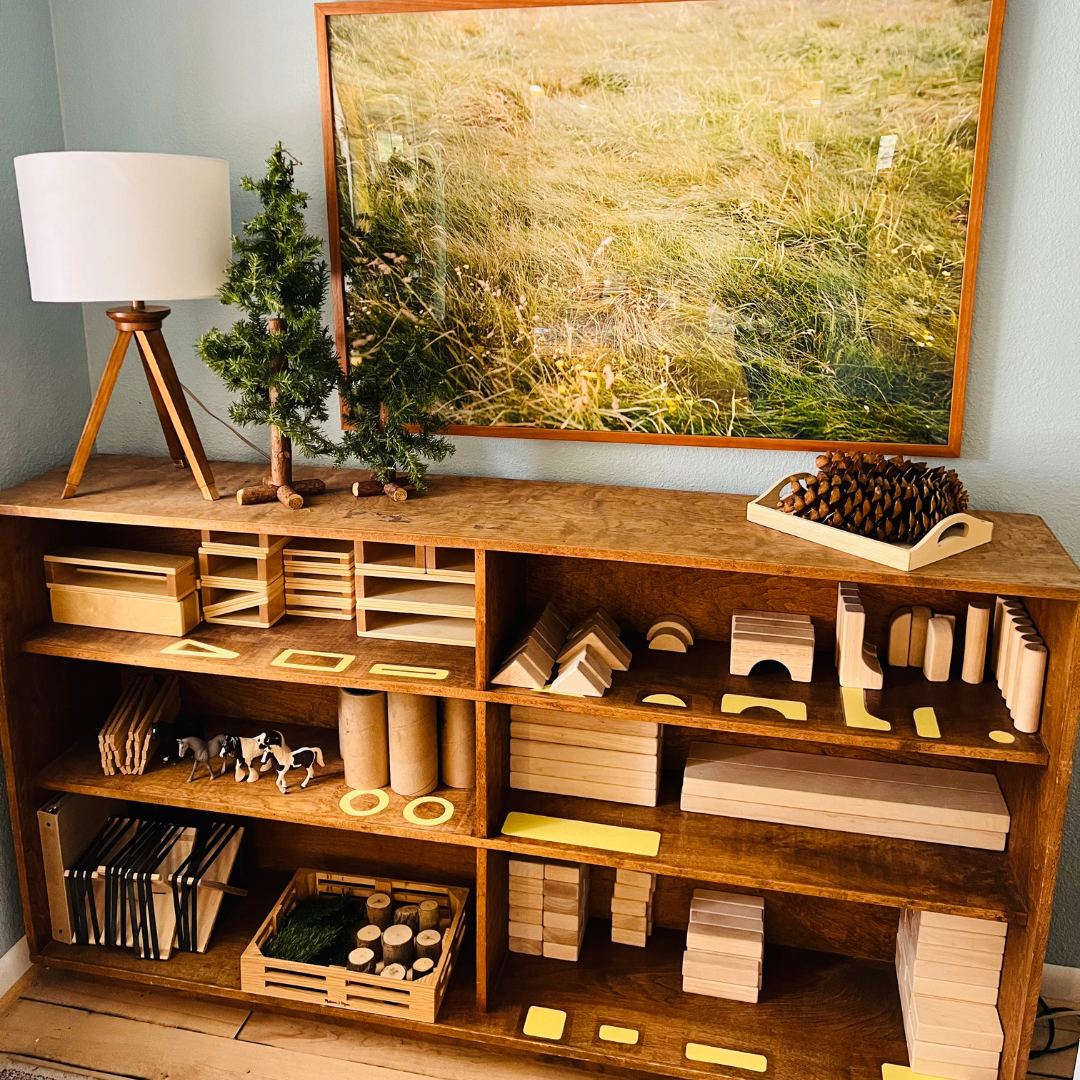Environment as the Third Teacher
The ‘Environment as a Third Teacher’ plays a foundational role in the Reggio-Inspired philosophy. Natural light, order, and aesthetics are key elements used to create beautiful environments to inspire children. Children are provided with authentic materials and real tools to convey that they are capable and competent. The classroom environment both inside and outside are ever-evolving and changing to encourage children to explore their interests.
These inspired spaces encourage exploration, communication, and collaboration for both the children and the teachers. ‘Environment as a Third Teacher’ is flexible and specific to the child or group of children in the class. The environment will reflect what the parent/child and teachers/children are interested in, focused on, and learning about. Reggio uses nature as a model and guide to create these captivating spaces for children and adults.
“In order to act as an educator for the child, the environment has to be flexible: it must undergo frequent modification by the children and teachers in order to remain up-to-date and responsive to their needs to be protagonists in constructing their knowledge.”
Ideas for ‘Environment as the Third Teacher’
What does it look like to embrace the ‘Environment as the Third Teacher’ in your Reggio classroom? There are specific pedagogical tools that can support this idea! Susan Fraser (2006), in her work with preservice teachers, has identified eight Reggio principles as key to the environment as third teacher: Aesthetics, Transparency, Active Learning, Flexibility, Collaboration, Reciprocity, Bringing the outdoors in, and Relationships. We go more in-depth with these ideas and more in our Reggio Courses and Reggio-Inspired Teacher Playbook.











